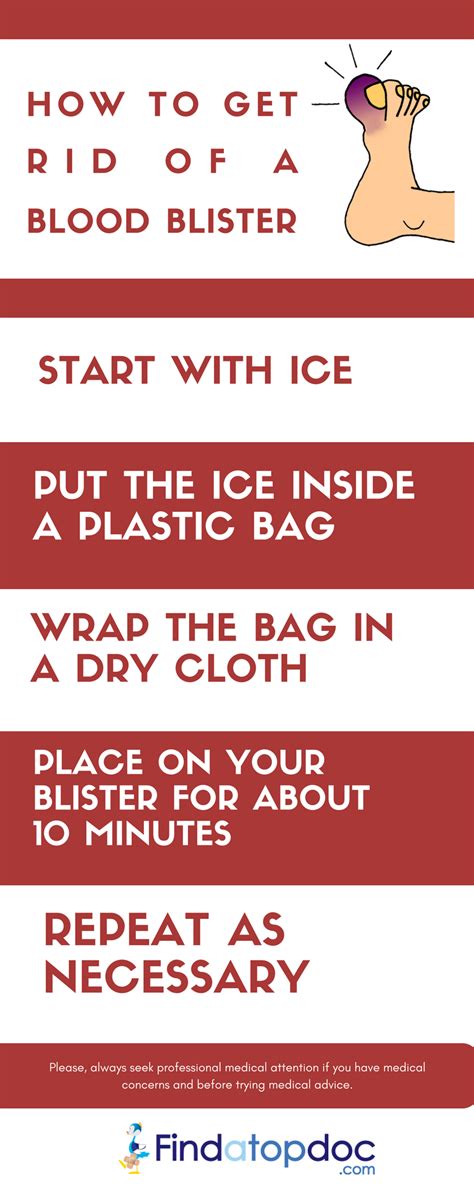How to Get Rid of a Blood Blister: A Complete Guide
A blood blister, also known as a hematoma, is a collection of blood trapped beneath the skin. Unlike regular blisters filled with clear fluid, blood blisters appear as raised, purplish or reddish bumps. They're often caused by friction, repetitive pressure, or injury. While usually harmless, they can be painful and unsightly. This guide will walk you through how to treat and get rid of a blood blister safely and effectively.
Understanding Blood Blisters
Before diving into treatment, it's helpful to understand what causes blood blisters. They form when small blood vessels break beneath the skin's surface due to:
- Friction: Repeated rubbing against shoes, tools, or sporting equipment is a common culprit.
- Trauma: A sudden impact or injury can rupture blood vessels.
- Pressure: Prolonged pressure on an area can also lead to blood blister formation.
Knowing the cause can help you prevent future occurrences.
When to Seek Medical Attention
Most blood blisters heal on their own within a few weeks. However, there are instances where you should seek medical attention:
- Severe pain: If the pain is intense or unbearable.
- Large size: If the blister is unusually large or covers a significant area.
- Infection: Signs of infection include increased pain, redness, swelling, pus, or fever.
- No improvement: If the blister shows no signs of healing after several weeks.
- Underlying medical conditions: If you have a bleeding disorder or are on blood thinners.
It's crucial to consult a doctor if you suspect an infection or have concerns about your blood blister.
How to Treat a Blood Blister at Home
For most blood blisters, home treatment is sufficient. Here's a step-by-step guide:
1. Keep it Clean
Clean the area gently with soap and water. Avoid scrubbing or bursting the blister, as this increases the risk of infection.
2. Protect it
Cover the blister with a clean bandage to protect it from further irritation and friction. This is especially important if it's on your foot or hand.
3. Leave it Alone!
Resist the urge to drain or pop the blister. This can lead to infection and prolonged healing time. The body will naturally reabsorb the blood over time.
4. Pain Relief
Over-the-counter pain relievers like ibuprofen or acetaminophen can help manage discomfort.
5. Elevation
Elevating the affected area can reduce swelling and pain. This is particularly helpful for blisters on the feet or lower extremities.
6. Loose Clothing/Shoes
Wear loose, comfortable clothing and shoes to avoid further pressure or friction on the blister.
Preventing Blood Blisters
Prevention is key! Here are some tips to minimize your risk of developing blood blisters:
- Proper Footwear: Wear well-fitting shoes that provide adequate cushioning and support.
- Protective Gear: Use gloves or other protective gear when working with tools or engaging in activities that could cause friction.
- Regular Breaks: Take regular breaks to avoid prolonged pressure on any one area.
- Proper Technique: Use proper techniques when engaging in activities that may cause friction or pressure.
- Moisture Control: Keep your skin dry, especially in areas prone to sweating.
When the Blister Breaks
If the blister breaks on its own, gently clean the area with soap and water. Apply an antibiotic ointment and cover it with a clean bandage. Keep the area clean and dry to prevent infection.
By following these steps and practicing preventative measures, you can effectively manage and treat blood blisters, ensuring quicker healing and minimizing discomfort. Remember, consulting a doctor is always advisable if you have any concerns.
